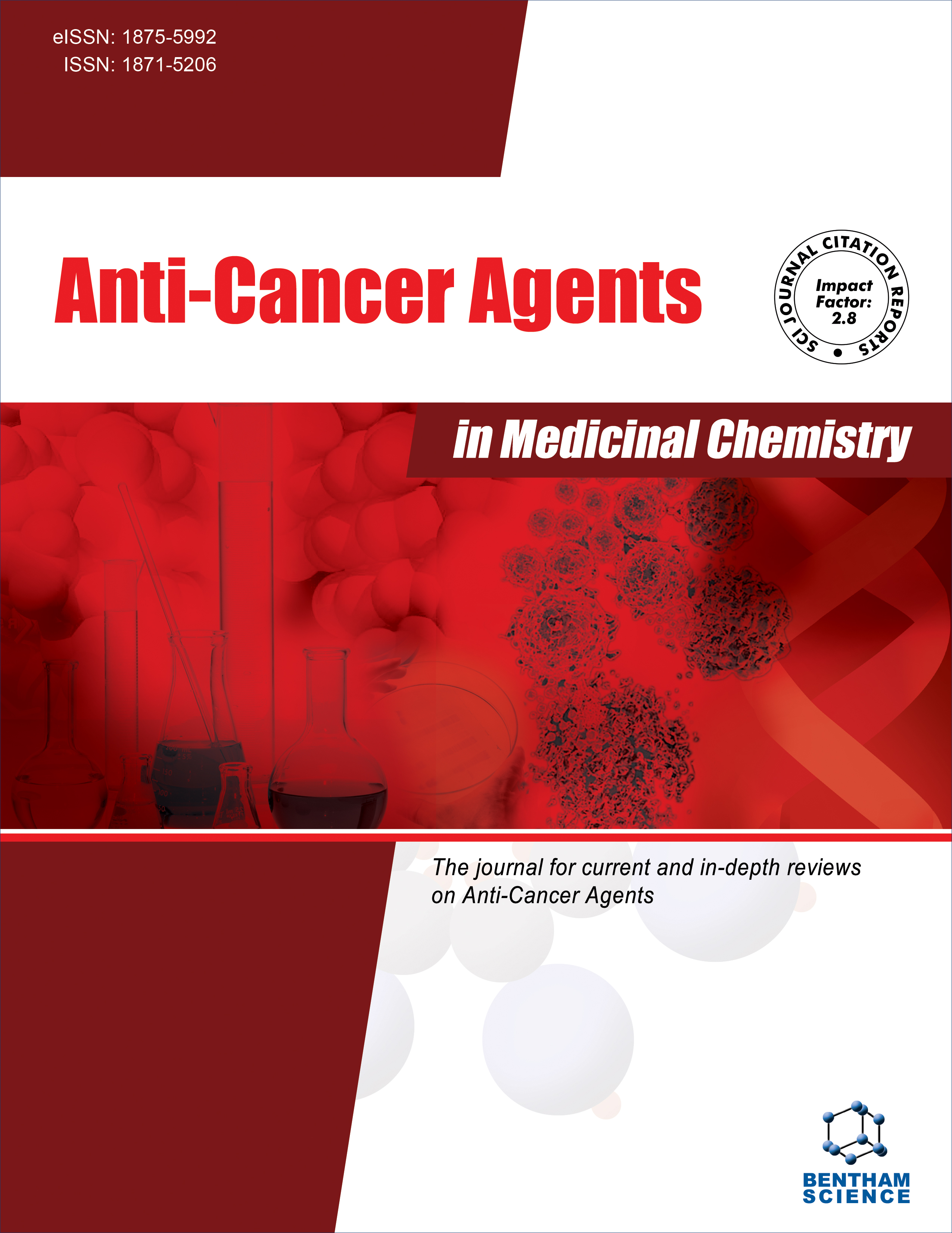
Full text loading...
We use cookies to track usage and preferences.I Understand
The aim was to evaluate the safety and effectiveness of PTCD combined with TACE in the treatment of hepatocellular carcinoma with obstructive jaundice and to compare the efficacy of TACE in patients with different levels of bilirubin after PTCD.
The clinical data of 141 patients with HCC complicated with obstructive jaundice were analyzed retrospectively. The patients underwent PTCD first. When the total bilirubin decreased, the patients received TACE or Apatinib treatment. They were divided into two groups: (1) PTCD+TACE group, N=68; (2) PTCD+Apatinib group, N=73.
The PTCD+TACE group had higher ORR and DCR than the PTCD+Apatinib group (57.4% vs 12.3%, p < 0.001; 80.9% vs 60.3%, p = 0.010). The mPFS of the PTCD+TACE group was longer than that of the PTCD+Apatinib group (7.1 months vs 3.8 months, p < 0.001). The mOS of the PTCD+TACE group was longer than that of the PTCD+Apatinib group(11.5 months vs 7.7 months, p < 0.001). In the subgroup analysis of the PTCD+TACE group, the results showed that the survival benefits of the groups with total bilirubin <2 times and 2-3 times were greater.
In patients with HCC and obstructive jaundice, superselective TACE(lipiodol+epirubicin emulsion) significantly prolonged OS and PFS compared with Apatinib after using PTCD to reduce total bilirubin to <100 μmol/L. Patients whose total bilirubin dropped to ≤3 times of the upper limit of normal value after PTCD had longer OS and PFS than patients >3 times.

Article metrics loading...

Full text loading...
References


Data & Media loading...

